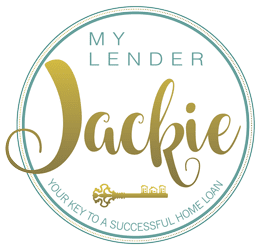When you look for information about qualifying for a mortgage, most of what you find online is geared toward traditional borrowers with a W-2 and an employer. If you are self-employed, this might leave you wondering what the secret is to qualifying to buy a home when you know you can afford it, but you don’t have the traditional documentation to verify it.
Here’s what you need to know about qualifying for a mortgage as a self-employed borrower in 2023.
What are lenders looking for from self-employed borrowers?
All mortgage lenders need to see verification of income to begin determining your eligibility for the loan, but when you are self-employed they will be looking at different information than they would if you had a typical W-2 to offer.
When you apply as a self-employed person, your lender can verify your income based on the past two years of tax returns instead and take an average from your income over those two years. They will also look at your bank statements, profit and loss statements, and possibly other documentation from your business like contracts from customers or other relevant information that will verify your income.
Calgary Houses for Sale Expert Greg Kennedy offers this information: “No matter your source of employment, your lender needs to see that you have the income to back up the loan you are requesting. Even if it means turning in some extra documentation, there are plenty of ways to get the job done.”
What do I need other than verified income to qualify?
To qualify for a traditional mortgage that is government-sponsored, you have to meet certain Fannie Mae and Freddie Mac requirements in addition to tax documents, bank statements, and profit and loss statements, including:
- A two-year or longer history of self-employment
- A credit score of 620 or above
- A low debt-to-income ratio, usually under 50%
What about a non-QM?
Some self-employed borrowers struggle to qualify for a traditional mortgage but are able to get approved for non-QM loans instead. A non-QM is a non-qualified mortgage, which means the borrower does not have to meet the same standards as a traditional mortgage.
A bank statement loan, named this because they are based on your bank statements rather than your tax documents, is one type of non-QM. The approval process for a bank statement loan involves providing 12 to 24 months of bank statements that will provide the information your lender needs to understand your income.
Another type of non-QM loan is a stated income loan, in which you state what your income is without providing significant documentation to verify the number. Because this type of non-QM presents more risk to the lender, they do generally come with higher fees and interest rates.
The bottom line is this: qualifying for a mortgage as a self-employed borrower may present extra challenges, but there’s no reason you can’t do it. With qualified loan officers to walk you through the process, you may be able to become a homeowner more quickly than you think!
Do you have more questions about qualifying for a mortgage as a self-employed borrower, or want to get started with the pre-approval process? Contact us any time to learn more.


